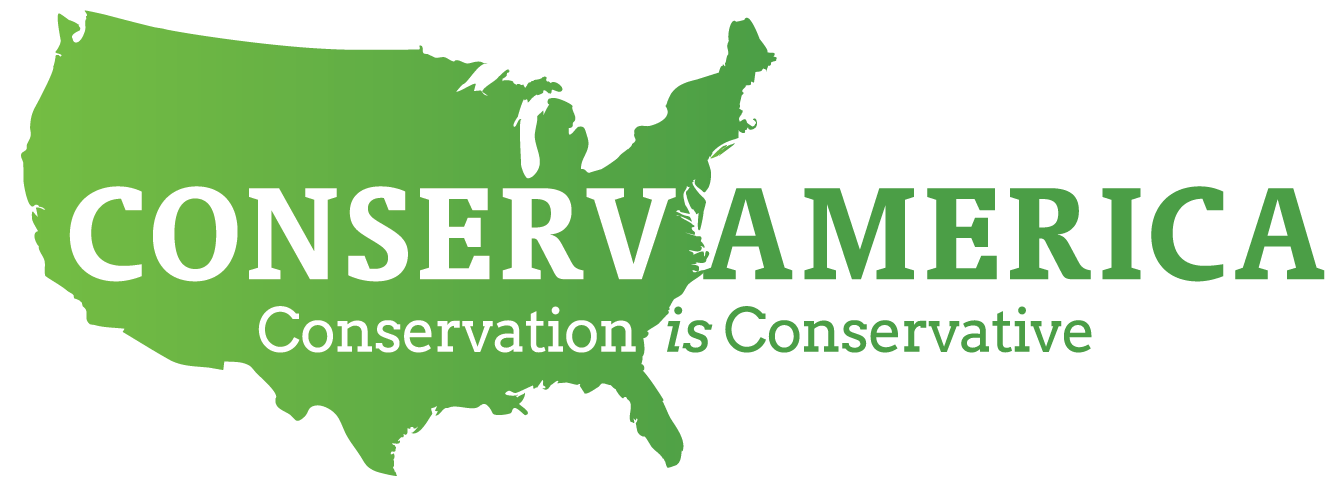Deputy Energy Secretary Mark Menezes Discusses the Importance of Innovation in Developing the Energy Sources of the Future
The most recent installment of ConservAmerica’s webinar series featured a 45-minute conversation with Deputy Secretary of Energy Mark Menezes. Hosted by our Executive Board Chair, Nan Hayworth, the conversation covers a wide range of topics that reflect the breadth of the work done by the Department of Energy (DOE), which funds and manages hundreds of research projects under the 17 National Laboratories and various energy program offices with an annual budget of $31.7 billion.
Menezes began by acknowledging the tremendous legacy of the public servants at DOE, and the department’s origin out of the 1970s’ energy crisis. At the time, there was a real fear that the United States would be dependent on one or more foreign countries for its energy security. However, thanks to DOE’s focus on innovation, the United States attained “energy independence” in 2019 for the first time since 1957.
Menezes credits the Trump administration’s commitment to innovation over regulation with furthering the nation’s energy security.
“When the President issued his deregulation order, he said to reduce two regulations for every one that you promulgate,” Menezes said. “We’re on a pace right now across the entire administration where we have actually reduced 8.5 unnecessary and overly burdensome regulations for every one that we promulgated.”
In addition to increasing domestic production, DOE is also working on moving the country to cleaner sources of energy and reducing emissions from traditional energy sources. Deputy Secretary Menezes pointed out that the United States is second in the world in renewable energy generation.
“We also lead the world by several orders of magnitude in actual greenhouse gas reductions. We reduce our greenhouse gases more than any signatory of the Paris accords,” he said. “We’re trying to make our most reliable fuels, like coal, cleaner, and we’re trying to make our cleanest yet intermittent fuels like wind and solar more reliable. So, together, we will have a very vibrant, reliable, secure energy system, and it’s going to be all-of-the-above technologies.”
Reducing carbon emissions in the transportation sector is a priority for DOE. Menezes expressed enthusiasm for the future of electric vehicles (EVs), but said battery technologies need to improve to reduce reliance on foreign sources of lithium and cobalt. He views hydrogen-powered fuel-cells and biofuels as possibilities, and he said modernizing the nation’s electric system to allow for bidirectional flows of electricity would help.
“I think we still need to have significant investment in the technologies to get us to where we can have the type of storage that we need at grid level, so that it can continue to help bring on more and more emissions-free sources,” he said.
DOE recently launched the Energy Storage Grand Challenge to help close existing technology gaps in energy storage and to ensure storage technologies work when most needed, often in extreme heat and cold.
All of this is part of a broader vision for modernizing the country’s power system. Menezes touted the department’s Grid Modernization Initiative, which brings public and private partners together to develop the technologies needed to build the grid of the future. He also highlighted the work at the Grid Storage Launchpad at the Pacific Northwest National Laboratory in Richland, Washington.
He emphasized that all of these technologies need to work together in order to truly integrate renewables at scale to make them more responsive to real-time demand.
Menezes also talked about the importance of advanced nuclear and the Advanced Reactor Demonstration Program, and in further developing carbon capture, utilization and storage capabilities.
Check out the video to find out more about what the U.S. Department of Energy is doing to ensure a brighter and cleaner future for the nation.
